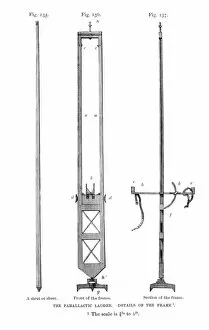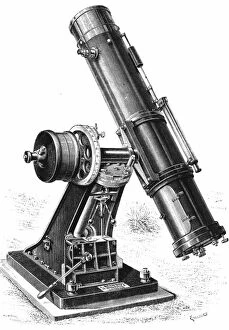4th Edition Collection
The 4th edition of astronomical wonders takes us on a journey through time and space
All Professionally Made to Order for Quick Shipping
The 4th edition of astronomical wonders takes us on a journey through time and space. From the mesmerizing Smyths parallactic ladder mount, which allowed astronomers to explore celestial bodies with ease, to the captivating Venus and star transit observation that unveiled secrets of our solar system. The Paris Observatory telescope stood tall as a symbol of scientific progress, while the Grubb equatorial telescope in Hungary expanded our understanding of distant galaxies. At Fernhill Observatory, the transit instrument enabled precise measurements and groundbreaking discoveries. Meanwhile, the innovative Smyths parallactic ladder framework revolutionized stargazing techniques across observatories worldwide. The Twin telescope at Tulse Hill Observatory provided an unparalleled view into deep space mysteries. In Edinburgh's 12. 25-inch telescope, astronomers marveled at cosmic wonders beyond imagination. And let's not forget about the Paris Observatory meridian circle – a testament to humanity's quest for knowledge and precision. Lastly, we delve into history with the Lassell Dome at Greenwich from the 19th century – a place where pioneers pushed boundaries and unlocked new frontiers in astronomy. Join us as we celebrate these remarkable instruments that have shaped our understanding of the universe throughout this awe-inspiring 4th edition.










